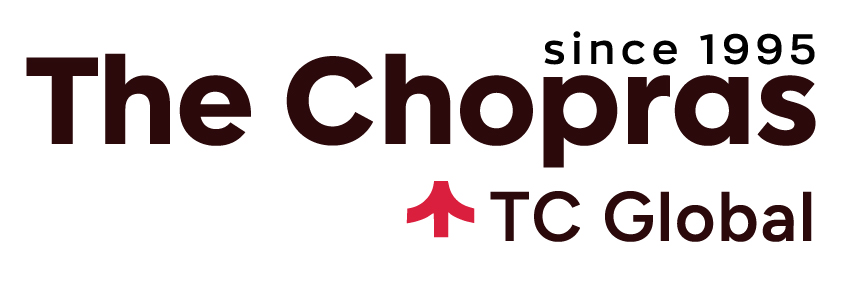Stanford vs UCLA is a debate that usually pops up if you are looking at world-class universities on the West Coast of the United States. How does one choose between two of the country’s highly selective universities with a global reputation for academic and research excellence?
Stanford, officially the Leland Stanford Junior University, nicknamed the Cardinal, is a private research university located in Palo Alto, in the northwestern region of Silicon Valley in California. One of the top universities in the world, Stanford’s reputation is comparable to that of the Ivy Leagues of the United States. It is renowned for its exceptional faculty, state-of-the-art facilities, and vibrant intellectual community.
The University of California, Los Angeles (UCLA, colloquially referred to as the Bruins), located in Westwood, Los Angeles, is a member of the University of California system that is funded by the state. The most prestigious public college in California after UC Berkeley, it is known for its strong programs in psychology, film and media studies, and a broad range of engineering disciplines. It boasts a diverse and dynamic student body and its campus life is vibrant with numerous extracurricular opportunities.
Here is how the two schools stand apart. This article covers –
- Stanford vs UCLA: A Quick Glance
- Stanford vs UCLA: Academics
- Stanford vs UCLA: Fees and Scholarship Opportunities
- Stanford vs UCLA: Student Life and Post Graduation Opportunities
- Summary
Stanford vs UCLA: A Quick Glance

A global reputation, academic excellence, illustrious faculty, and cutting edge research facilities are some of the aspects that are common between UCLA and Stanford. Here are a few key distinguishing features that set the two universities apart.
1. Ownership:
UCLA is part of the University of California system that is funded by the state while Stanford is a private, not-for-profit research university. As a public institution, UCLA prioritises admission for California residents.
2. Fees:
Tuition at UCLA is significantly lower and subsidised further for in-state students. As a private university of its calibre, Stanford fees are significantly higher. That said, Stanford has an immense budget for scholarships and financial aid.
3. Campus Size:
The size of the Stanford campus is almost twenty times the size of the UCLA campus.
4. Student Body:
In contrast to the campus size, UCLA has a student population of around 46,000, creating a busy, vibrant atmosphere. The total student body at Stanford is around 17,500, resulting in much smaller classes and lower student-to-faculty ratios.
5. Ranking and Reputation:
While they are both top-class universities, when it comes to ranking and prestige, Stanford is clearly ahead of UCLA. Stanford competes for neck and neck with titans such as Harvard, MIT, Oxford and Cambridge, and even surpasses them in some disciplines. The Stanford brand name opens up opportunities for its graduates worldwide. While UCLA is by no means a second-tier university, its name does not carry the same weight as Stanford’s.
| Stanford | UCLA | |
| Established in | 1885 | 1919 |
| Ownership | Private research university | Public land-grant research university |
| Mascot | Stanford Tree is the unofficial mascot | Joe and Josephine Bruin, Brown Bear |
| School Colours | Cardinal red and white | Blue and Gold |
| Academics | ||
| Ranking (QS World University Ranking 2024) | 5 | 29 |
| Bachelor’s Degree Majors | 66 majors | 125+ majors |
| Number of Master’s Degrees Offered | 150+ | 130+ |
| Popular Areas of Study |
|
|
| Fees and Scholarships | ||
| Average Tuition Fee for BA/ BSc per year | $61,731 | $15,154 (for CA residents) $49,354 (for non-residents |
| Average Tuition Fee for MA/ MS per year | $61,000 – $66,000 | $16,847 (for CA residents) $31,949 (for non-residents) |
| Average Financial Aid | Around $62,898 | Around $22,000 |
| Eligibility Criteria | ||
| Average High School GPA | 4.15 | 3.93 |
| Median SAT/ ACT Test Scores for admission | SAT: 1450 – 1570 ACT: 34 (Test Optional) |
Test-free |
| English Language Requirements | TOEFL iBT: 100 IELTS: 7.0 |
TOEFL iBT: 100 IELTS: 7.0 |
| Acceptance Rate | ~ 4% | ~ 9% |
| Student Population | ||
| No. of undergraduate students in 2023 | 7,841 | 32,423 |
| No. of graduate students in 2023 | 9,688 | 14,007 |
| Average Early Career Salary of Graduates | $90,000 – $105,000 | $76,000 |
| Student Faculty Ratio | 5:1 | 19:1 |
| Average Class Size | Over 70% of classes have 19 or fewer students | 47.8% of classes have fewer than 20 students |
| Campus | ||
| Campus Location | Palo Alto | Los Angeles |
| Campus Type | Suburban | Urban |
Stanford vs UCLA: Academics

The first point to consider when deciding “Is Stanford or UCLA better?” is academics. Both are highly-ranked universities located in the Golden State. Both Stanford and UC Los Angeles offer undergraduate, master’s, doctoral, and professional degrees to their students in varied disciplines. Both universities are internationally recognised. Then how do they stand apart from one another? What makes Stanford better than UCLA or the other way around? Let us dive in.
Overall and Subject Ranking
If university rankings play a big role in your decision-making process, Stanford easily surpasses UCLA. Stanford ranks 3rd in the world according to rankings published by US News and World Report and 5th according to QS World University rankings. In contrast, UCLA ranks 14th and 29th, according to US News and QS WUR. Stanford is a world leader in the study of Engineering, Artificial Intelligence, Material Sciences, Statistics, Business and Finance, Mathematics, Medicine and Biological Sciences, and computer science, just to name a few. As one of the foremost universities in the world, Stanford offers top-notch programs in almost all disciplines.
Compared head to head, UCLA is not far behind, though it struggles to meet Stanford standards. While it does offer over 125 courses across all disciplines, UCLA is more renowned for its programs in the arts and humanities. It is also one of the top 10 universities in the world for the study of English Language and Literature, Anthropology, Modern Languages, Arts and Humanities, Education, Psychology, Geography, and History.
Ultimately, both institutions foster a competitive yet collaborative environment designed to push students towards excellence. Here is a quick comparison of the university ranks for 2024
| Stanford | University of California Los Angeles |
| Overall National Rank US News: 3 | Overall National Rank US News: 15 |
| Times Higher Education WUR: 2 | Times Higher Education WUR: 18 |
| QS WUR 2024: 5 | QS WUR 2024: 29 |
| Subjects and Other Ranking (Source: QS and US News) | |
|
|
When one analyses the few rankings displayed in the table, it is apparent that Stanford is one of the top 10 universities in the country or even in the world for many of the disciplines. As a prospective student, ranking and reputation can be a significant pro in your planning process. However, it is good to remember that higher ranks also mean stiffer competition. The ultimate deciding factor should also be the specific department and course curriculum, and to see if what the university offers fits your career plans.
Constituent Schools
The seven schools and colleges that constitute Stanford are
- Graduate School of Business
- Graduate School of Education
- School of Engineering
- School of Humanities and Sciences
- School of Law
- School of Medicine
- Stanford Doerr School of Sustainability
The different courses at UCLA are offered by
- School of Arts and Architecture
- The College
- School of Dentistry
- School of Education and Information Studies
- Samueli School of Engineering
- School of Law
- Anderson School of Management
- David Geffen School of Medicine
- Herb Albert School of Music
- School of Nursing
- Luskin School of Public Affairs
- Fielding School of Public Health
- School of Theatre, Film and Television
Key Dates for Application
The following table gives you the key dates for application and admission into undergraduate programs. It is also safe to double-check with the specific department/school of the university you are applying to to ensure they do not follow a different cycle.
When it comes to the University of California application form, the one main advantage is that you can apply to as many UC campuses as you like with only one application form. Each campus will receive your application and evaluate them separately and simultaneously. For example, you can apply to UCLA, UC Berkeley, UC San Diego and UC Santa Barbara, all in one application. However, an offer letter from one campus does not imply or guarantee admission to another UC campus.
| Important Dates | Stanford | UCLA |
| Application available from | Stanford applications are typically available a year in advance | August 1 |
| University begins accepting applications from | October 1 | |
| Last Date to Submit | Early Action: Nov 1 Regular Decision: Dec 1 |
November 30 |
| First year admission decisions Posted in | Early Action: Mid-December Regular Decision: Early April |
End of March |
| Deadline to accept offer of admission | May 1 | May 15 |
| Acceptance Rate | ~ 4% | ~ 9% |
There are two important points to note here:
1. UCLA does not offer Early Action or Early Decision for any of its courses.
2. Stanford offers what is called Restrictive Early Action (REA). Unlike many colleges, this is not binding (where applicants must attend the college if selected in the Early Action or Early Decision round), but only restrictive. According to Stanford REA policy, you cannot apply to any other college/university under their Early Action, Restrictive Early Action, Early Decision, Early Notification or any other binding plan.
Degrees and Class Sizes
In terms of the academic calendar, both universities follow the quarter system, with an academic year being divided into three main quarters and a shorter summer term. However, a significant difference between UCLA and Stanford is the difference in size – be it in terms of campus, student population, number of degrees offered or class sizes.
- If you compare campuses in terms of physical space, the Stanford campus spans about 8,180 acres, while the UCLA campus is 419 acres.
- In terms of student population, UCLA enrols around 32,420 undergraduates, while Stanford’s number is around 7,800.
- If you look at degrees offered, UCLA offers over 125 undergraduate majors while Stanford has 66. They are more evenly matched at the graduate level, with UCLA offering over 130 master’s and doctoral programs and Stanford around 150.
- When comparing class sizes, Stanford typically has smaller classes, with over 70% having 19 or fewer students. In UCLA, around 47% of classes have fewer than 20 students. The student-to-faculty ratio in Stanford is 5:1, whereas it is around 19:1 in UCLA.
To summarise, Stanford offers an extensive campus with fewer students and a much lower student-to-faculty ratio. UCLA has almost double the number of options for choice of majors at the undergraduate level but has a busy campus atmosphere with many more students. Their class sizes are also larger, with more students per faculty member.
What are the Top Three Courses to Study at Stanford?
1. Computer Science

The Department of Computer Science at Stanford is ranked world number 2 by both US News and QS Rankings. The research conducted by students and faculty is at the cutting edge of the discipline in areas such as AI, robotics, biocomputing, scientific computing and more.
The department offers bachelor’s, master’s and doctoral degrees in computer science, specialising in Computational Biology, Network Security, Human-Computer Interaction, Management Analytics, Visual Computing, etc. It is by far one of the largest majors offered by the University.
2. Engineering
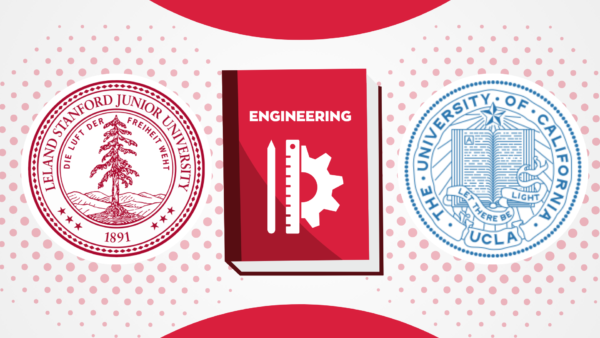
The Stanford School of Engineering is also ranked 2nd in the world, overtaking both Oxford and Cambridge in the UK, only to be surpassed by MIT. The school has nine academic departments ranging from Aeronautics and Astronautics to Mechanical Engineering. The school has been and continues to be at the forefront of innovation, creating pivotal technologies that have transformed the worlds of information technology, communications, health care, energy, business and beyond.
3. Business and Management

No list of the top courses at Stanford would be complete without including courses from the Stanford School of Business. But, before we go into the details, let us be clear that the Stanford B-school is a graduate school and the university does not offer any undergraduate business programs. Students interested in this field right from the undergraduate level end up majoring in economics, management science, or any of the other fields. That said, the Graduate Business School ranks first in the world for its MBA programs, according to both US News and QS Ranking.
The school offers an MBA with various specializations, a master’s degree in management, a PhD, Executive education and online programs. Supported by world renowned researchers and leaders, and experiential courses, this b-school will open doors for you, all over the world.
What are the Top Three Courses to Study in UCLA?
1. Psychology

UCLA’s psychology program is one of the best in the nation, known for its groundbreaking research in human behaviour and cognitive processes. The department’s faculty includes leaders in various subfields of psychology, providing students with comprehensive learning and research opportunities. QS ranks its psychology department in the 9th spot in the world for its programs.
2. Film, Television, and Digital Media:

Situated in the global film and media hub of Los Angeles, UCLA offers unparalleled resources and industry connections. The program emphasises creative expression and critical analysis, preparing students for successful careers in the entertainment industry. If you look at the larger domain of media and communications, the university ranks 21st in the world, according to QS Subject rankings.
3. Engineering:

UCLA’s engineering school, ranked 21st in the world, is recognized for its innovation in areas like robotics, computer science, and bioengineering. The program encourages practical experience through internships and collaborative projects, often partnering with tech giants in nearby Silicon Valley.
Notable Faculty, Alumni and Research Facilities
UCLA and Stanford are home to Nobel laureates, MacArthur Fellows, and numerous other distinguished scholars. While the LA campus has 16 Nobel laureates associated with them, Stanford has a whopping tally of 84. It is currently home to 20 living Nobel laureates.
Each campus hosts state-of-the-art research facilities like the UCLA Broad Stem Cell Research Centre and Neuroscience Institute or AI Lab at Stanford. These institutions support a wide range of research endeavours, from theoretical physics to public policy. UCLA typically receives over $1.4 billion in research funding, while Stanford attracted $1.98 billion in new awards from external sources.
Stanford vs UCLA: Fees and Scholarship Opportunities

After academics, the next major point of address in the UCLA vs Stanford University debate is the costs involved. The cost of tuition, additional expenses, housing, and the nature of scholarships offered are significant considerations to be factored in before making a choice.
The fundamental difference between University of Cal Los Angeles and Stanford University is that the former is a public university, funded by the state of California, while the latter is a private university. Public universities in the USA have significantly lower rates for residents of the state or US citizens, when compared to private colleges. Moreover, the cost of attending one of the top-ranked universities in the world can be high when compared to a state-funded school. The following table can help you compare these two prestigious institutions in the matters of fees and scholarships.
| Stanford | UCLA | |
| Annual Tuition (Bachelor’s) | $61,731 | $15,154 (for CA residents) $49,354 (for non-residents) |
| Average Annual Tuition (Master’s) | $61,000 – $66,000 | $16,847 (for CA residents) $31,949 (for non-residents) |
| MBA Tuition | $82,455 | $85,000 – $92,000 |
| Housing (yearly, room and board) | $20,544 | $18,369 |
| Types of Financial Aid | 1. Scholarships 2. Federal and State Grants 3. Student Employment |
1. Scholarships 2. Grants 3. Loans 4. Part-time student jobs |
| Scholarship Type | As a private university, Stanford has numerous scholarships options for all of its students, including international students | 1. Regents 2. Alumni 3. University Student Aid Program Funds 4. Blue and Gold Opportunity Plan 5. Cal Grants 6. Middle Class Scholarship Program (MCSP) |
| Average need-based aid | Around $62,898 | Around $22,000 |
| Percentage of undergrad students receiving some form of financial aid | ~ 66% | ~ 72% |
| Percentage of undergrads receiving need-based aid | ~ 50% | ~ 55% |
| Admission Decisions | Need aware for international students | Need-blind |
| Demonstrated Need Cover | 100% (Families earning less than $150,000 with assets typical of that income level pay no tuition.) | 100% (About 45% of undergrads pay no tuition at all) |
Note:
1. The tuition fees are average figures calculated for a typical academic year of 9 months. The fee will be higher should you choose to take extra courses in the summer months.
2. The tuition fee amounts in the table are indicative of only the cost of attendance. It does not include books, student health insurance, or other expenses. Student insurance alone can cost between $3,000 – $7,000 a year.
3. UCLA does not award scholarships or financial aid to undergraduate students who are not citizens or permanent residents of the USA. As a private university, Stanford can provide financial aid for international students, however, it is considerably smaller than for US citizens. In addition, Stanford is need-aware for overseas applicants, which means a student’s financial need can be taken into consideration when deciding whether or not they will be accepted.
UCLA vs Stanford: Student Life and Post Graduation Opportunities
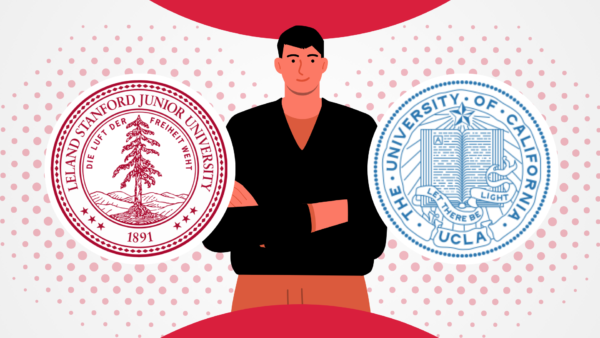
In this section, we will be looking at some of the other factors, beyond academics and finance, that can help with the debate on Stanford vs UCLA.
1. Location
UCLA:

Source: Wikimedia Commons
As the name suggests, UCLA is in Los Angeles, a sprawling city in Southern California renowned for its beaches and Hollywood. With a population of around 3.8 million, the city is known for its vibrant and diverse culture, attracting people from all over the world. The entertainment capital of the world, the city has also hosted the Summer Olympics for two years and is slated to host again in 2028.
Besides its culture, the city is rapidly growing as a tech capital, keeping up with its northern neighbours. Its Mediterranean climate, with mostly pleasant days throughout the year, draws many students to UCLA.
Stanford:

Source: Wikimedia Commons
In contrast to SoCal’s cosmopolitan culture, Stanford is located in Palo Alto, Northern California, also referred to as the birthplace of Silicon Valley. Considering its size of over 8,000 acres, the university is a community unto itself and even has its own zip code. It has a quieter, suburban ethos, situated just a few miles from the city centre. For students looking to immerse themselves in real-world experiences and internship opportunities, Stanford’s location is a significant advantage. The location also makes it more feasible for tech and business magnates from Silicon Valley to often address students on campus.
2. Campus
UCLA:
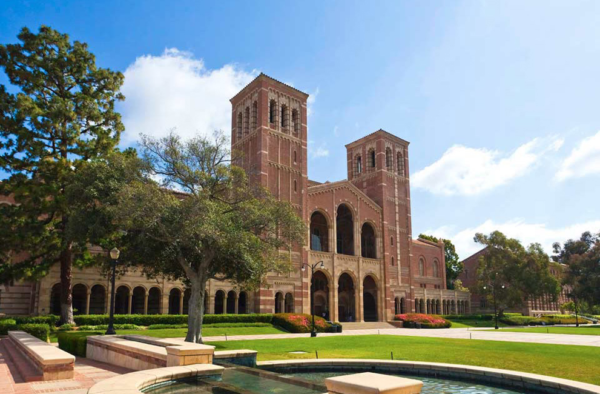
Source: UCLA
The university’s 419-acre campus is located at the base of the Santa Monica Mountains, a mere five miles from the Pacific Ocean. With over 170 buildings, the campus has a vibrant atmosphere, a fitting microcosm of LA’s spirit. The neighbouring Westwood Village is where UCLA students often shop, dine out, or explore a social life off campus.
Considering its location, UCLA’s breathtaking scenery, both within and outside the campus, is a given. It is also known for convenient housing facilities, renowned dining options (including 3 all-you-can-eat residential dining halls), state-of-the-art academic and research resources, and numerous extracurricular and recreation centres for its students.
The campus builds a strong sense of community among its students as they often come together for sports and other events. Along with the mascots, Joe and Josephine Bruin (male and female brown bears), the campus instils a fierce sense of pride while creating a fairly relaxed atmosphere.
Stanford:
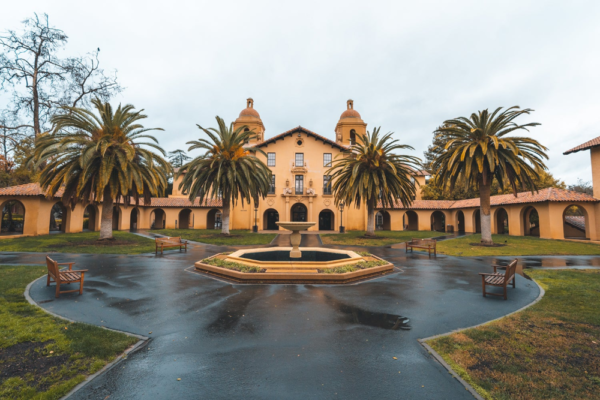
Source: Stanford
Stanford is located in the centre of the San Francisco peninsula, on 8,180 acres of land. 49 miles of roads traverse this campus, connecting students and faculty throughout. It houses around 630 buildings and also includes a historic equestrian barn, biological preserve, centre for automotive research, and educational farm. The amenities are state of the art, keeping with its reputation of being one of the top universities in the word. It is a bicycle-friendly university, and freshmen are not allowed to bring cars.
The architectural jewel of the campus is the Stanford Memorial Church that was built during the American Renaissance. A mile-long, tree-lined Palm Drive, lush lawns and gardens, and the red roofed buildings are quintessentially “Cardinal” and create a warm atmosphere for academic, extracurricular and social activities. While there is no official mascot for Stanford, the university band mascot, the Stanford Tree functions as the unofficial one.
3. Student Population
UCLA: The university has an undergraduate population of 32,423 and a graduate student body of 14,007, out of which 77% are from the state of California. Of the 46,430 students, over 5,200 are international students from over 106 countries. If you are looking at student diversity by gender, about 60% is female, 39% male and 1% non-binary. With a diverse student body, the university creates a multicultural learning environment.
Stanford: The class of 2027 comprises 7,841 undergraduates and 9,688 graduate students. It is a significantly smaller student body in a much larger campus, when compared to UCLA or even most of the University of California campuses. The university has the funding and the budget to maintain a student faculty ratio of 5:1. As one of the top universities in the world, the student population at Stanford is not simply a microcosm of life in the Bay area. Only about 36% of the Cardinals are from California.
4. Housing
UCLA: Unlike many other schools in the US, UCLA does not require freshmen to stay on campus even for the first year of study. However, it does offer many housing options for students who choose to live on campus. Typically, around 43% of UCLA students choose to live on campus.
At the undergraduate level, you have four types of accommodations – classic, plaza, deluxe and suite. They are essentially shared rooms with amenities provided either communally or individually. They all include communal study spaces and lounging areas to build a sense of community. The annual cost of housing can range between $17,500 and $22,000, depending on the style and the number of occupants. Meal plans are included in on-campus residences.
Graduate housing is typically located in Westwood or in the Palms area. Students staying out of campus can make use of the dining halls at an extra cost.
Stanford: Affectionately referred to as “the Farm”, Stanford has one of the largest residential campuses in the country. All new students are required to live on campus in the first year. About 82% of Stanford students at both the undergrad and graduate levels choose to live on campus. With over 14,000 units/ beds dedicated to student housing, the university guarantees housing for undergraduates for all four years and provides housing for over 70% of graduate students.
The university provides several options, including traditional dorms, university academic and cultural theme houses, co-ops, self-ops, and apartments. All housing locations at Stanford, except the Mirrielees apartments and co-op houses, cost around $4,530 per quarter.
5. Sports and Other Extracurriculars
UCLA: The university continues to live up to its name of being a national leader in intercollegiate sports. It is the first school to win over 100 NCAA (National Collegiate Athletic Association) Championships. The university has produced 410 Olympic Athletes (270 medals) and a record number of professional athletes such as Kareem Abdul-Jabbar, Troy Aikman, Arthur Ashe, Eric Karros, Reggie Miller, Corey Pavin, Jackie Robinson, and Natalie Williams. UCLA competes as ‘the Bruins’ proudly wearing the colours of blue and gold. The school also has 15 multipurpose workout facilities and six pools spread throughout campus.
Besides the athletic spirit that binds the students together, the school is also home to over 1,200 clubs and student organisations that enable the Bruins to pursue varied interests. The UCLA Marina Aquatic Center, located in Marina Del Rey, even offers instruction and equipment for rowing, kayaking, sailing, surfing, windsurfing and paddle boarding. Student government, arts and culture, greek life, entrepreneurship, or volunteering in the community are also chapters of campus life that bring students together.
Stanford: Called the Cardinal because of university colour, Stanford retains its position as the country’s most successful intercollegiate athletic department. 177 athletes have gone on to compete in the Olympics and have won 296 medals. The Stanford program has won 135 NCAA championships. In addition to its varsity sports, Stanford Athletics supports campus-wide physical education academic classes, fitness and wellness, aquatics, intramurals, adventure programming and 43 club sports.
Looking beyond athletics, the university enables over 700 student organizations and clubs, student government, art studios, alumni associations, fraternities and sororities, intramural sports, dance teams, cheerleading teams, gender equity resource centre, graduate assembly, the Centre for Leadership and community engagement, musical performance groups, and publication and media groups.
6. Internship Opportunities
UCLA: About 73% of undergraduate students complete at least one internship during the course of their study at UCLA. Be it the entertainment industry, aerospace, biosciences, IT, or finance, numerous internship opportunities are made available for students. The university also offers ‘Professional Minors’ that include internships as part of the curriculum. UCLA’s career centre also runs a global internship program, giving students opportunities worldwide.
Stanford: The university’s career cell is the ideal place to begin your research for internships in any location. With internships, you can gain more credits, boost your resume and experience the real-world demands of your profession. While listings are available throughout the year, it is expected that you plan your internships around your coursework.
7. Work Opportunities
UCLA: The university has a 93% six-year graduation rate for freshmen and transfers at the undergraduate level and was ranked 20th for employability in the US by Times Higher Education in 2023. The top recruiters at UCLA include Accenture, Amazon, Apple, Bloomberg, Cisco Systems, County of Los Angeles, Deloitte, Getty, Google, Kaiser Permanente, KPMG, Mattel, Microsoft, NBCUniversal, Oracle, PricewaterhouseCoopers, SpaceX, Target Corporation, Teach for America and Walt Disney Company. The starting salaries of UCLA graduates vary widely depending on the domain, previous experience and scope of work.
Stanford: In 2022-23, over 93% of Stanford graduates received job offers within 4 months of graduation. The mean early-career (0-5 years of experience) pay of Stanford graduates is around $93,000. The reputation of Stanford University opens up numerous opportunities for graduates across disciplines. The academic pedigree of the institution typically allows its graduates to be recruited at much higher salaries when compared to most other universities.
Summary

Deciding on Stanford vs UCLA is not an easy task. Both are highly reputed schools, highly selective and have their signature academic programs. That said, here is a summary of the differences.
Stanford is better suited for you if –
- You can keep up with the academic rigour of a world-leading institution
- You want to compete with some of the brightest minds in the world
- You are looking for a large campus but with a smaller student population and smaller class sizes.
- You want to explore some of the best pre-med and medical programs in the world
- You are looking for a suburban university experience
- You want to be closer to Silicon Valley and explore the tech hub for all its opportunities
UCLA is better suited for you if –
- You are leaning towards the arts, humanities and the social sciences
- You thrive in a busy campus with more students buzzing around
- You have dreamed of living in LA and enjoying its sunny weather
- You are looking to pursue careers in the entertainment or media industry
- Enjoy their verdant and diverse campus with its relatively easygoing culture.
While these can be factored into your decision, the ultimate call rests on whether the course curriculum and the learning outcomes meet your career plans. The most significant part of your research is to compare courses, syllabi, electives, faculty and research facilities of your preferred degree program, speak to current students, and then decide depending on which school better suits your needs.
We understand that becoming an international student can be very thrilling, but the prep and paperwork of it all can get overwhelming. The easiest way to reduce your stress is to sign up with TC Global.
We simplify international education, learning, and mobility through connecting students, universities, and a global community on a single platform where there are over 1000+ education providers and over 80,000+ courses.
Our platform enables students to study anywhere in the world in just a few steps. From search and discovery and finding the right course fit for you, to applications, visas and departure – we see you through it all.
To move forward with us, download our app or visit tcglobal.com and sign in to create an account on our student platform and onboard with us in quick, easy steps.! 🚀
Then simply set up a visit Calendly.com/tcglobal to pick a Relationships Team closest to you and choose a slot to meet with a Relationship Member. Be it Stanford vs UCLA or any such debates, our experts will be with you every step of the way to help you decide.
Let’s shape your future together.
You May Also Like
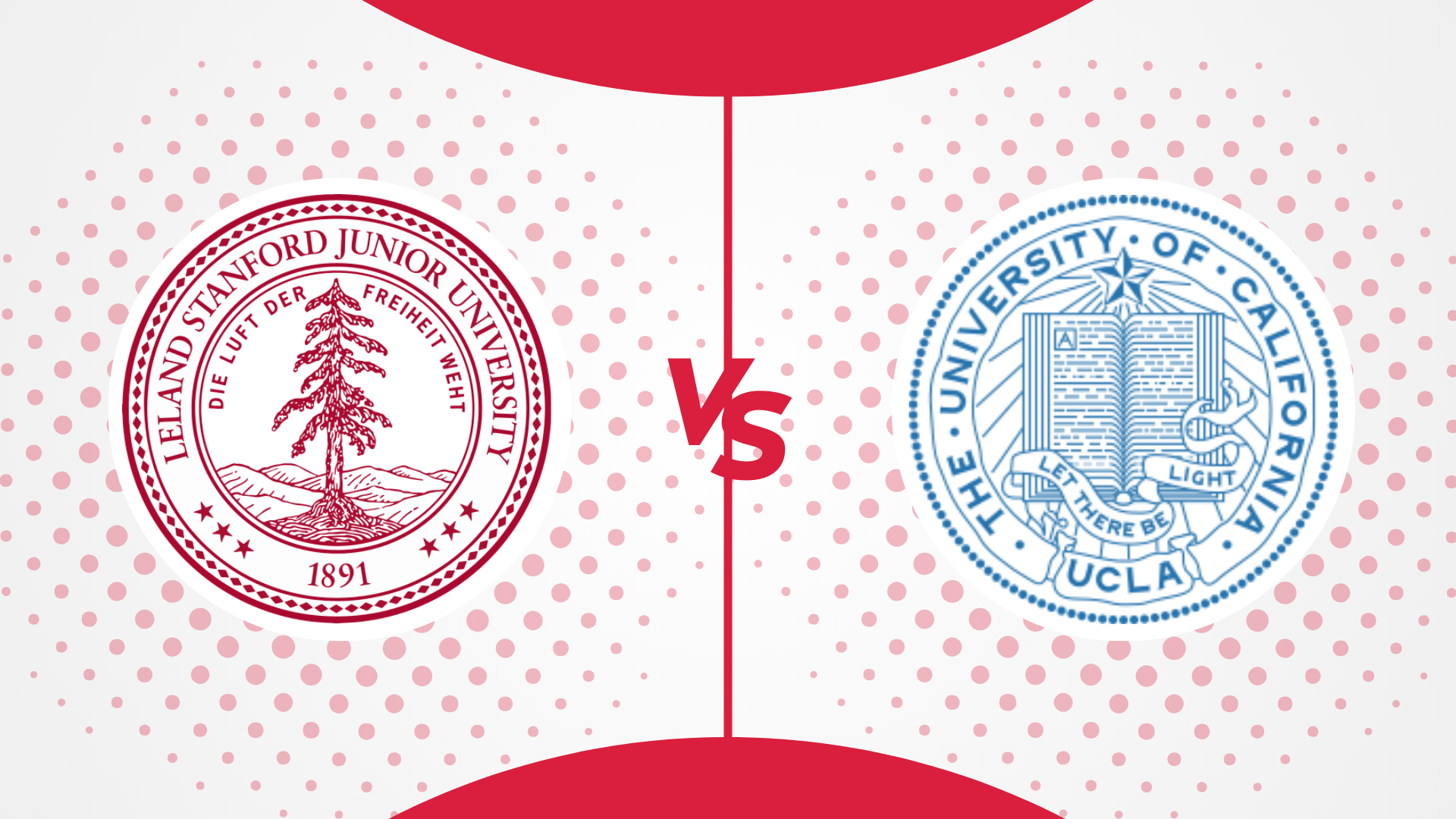
Compare more universities in USA
-
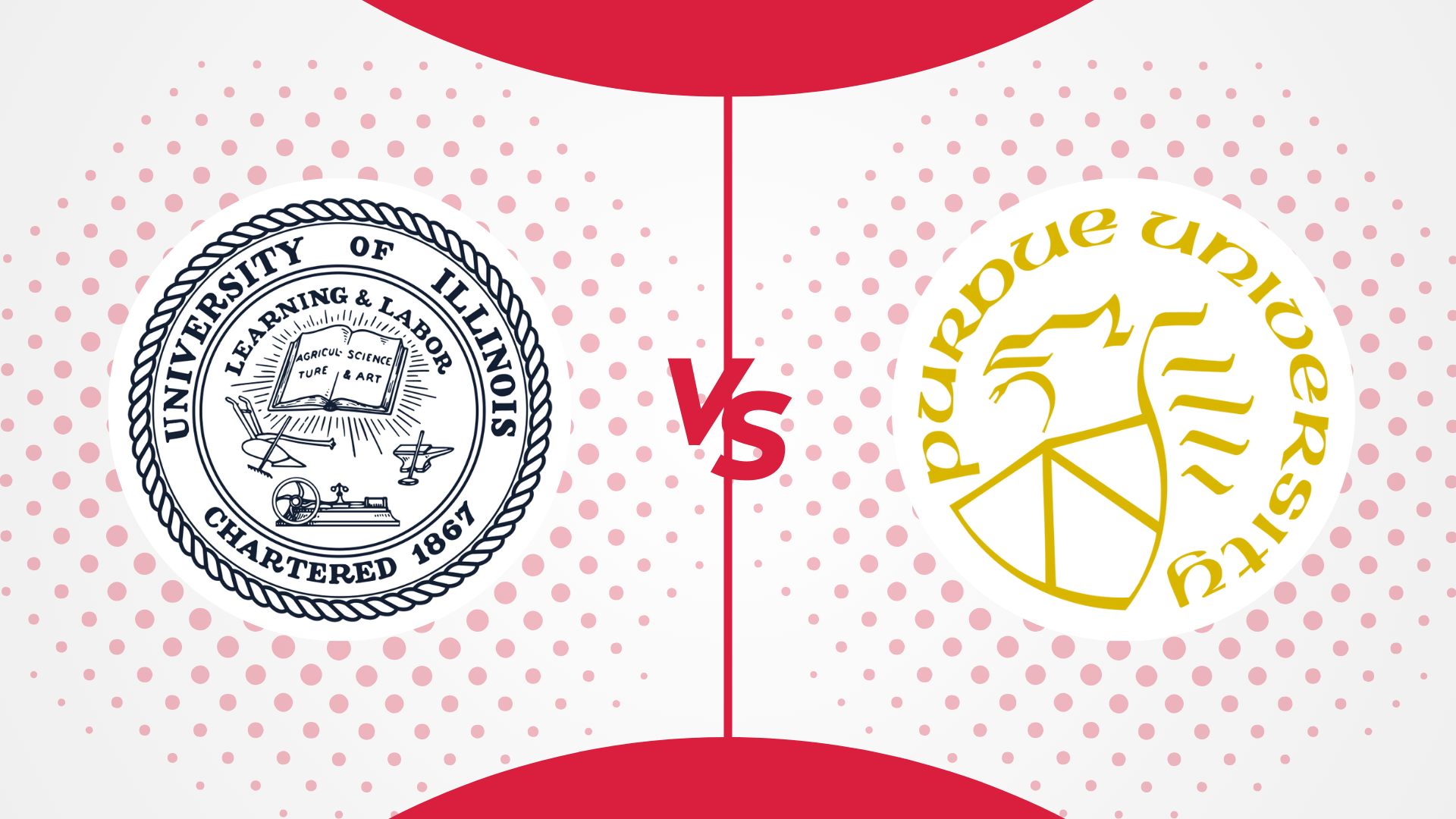
Purdue vs UIUC: How Do They Compare in 2025?
December 16, 2024 -
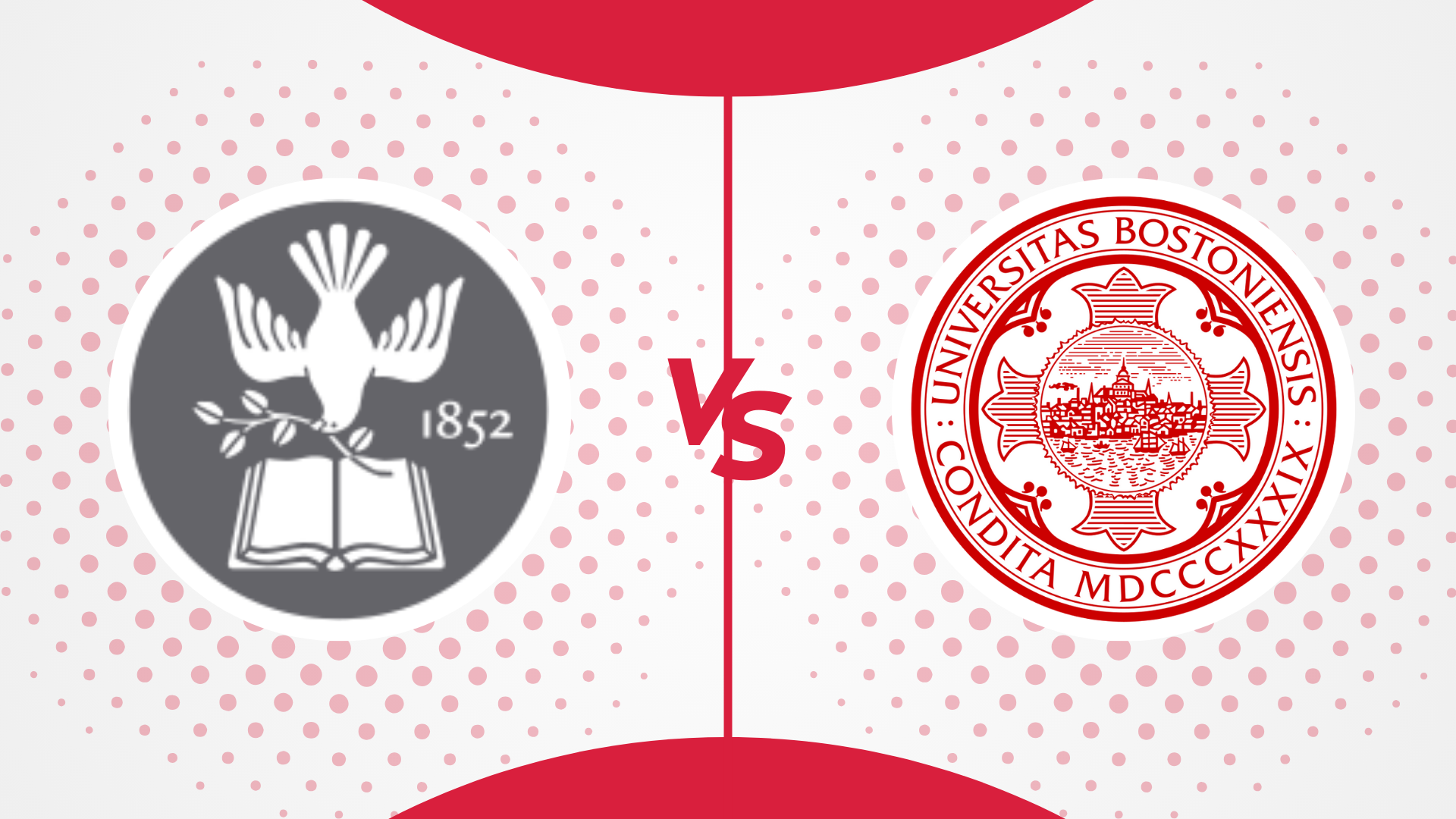
Tufts vs BU: How Do They Compare in 2025?
December 16, 2024 -

UIUC vs Georgia Tech: How Do They Compare in 2025?
December 3, 2024 -

Georgia Tech vs UT Austin: How Do They Compare? [2025]
September 24, 2024 -

UC Davis vs UC Irvine: How Do They Compare in 2024
September 10, 2024 -
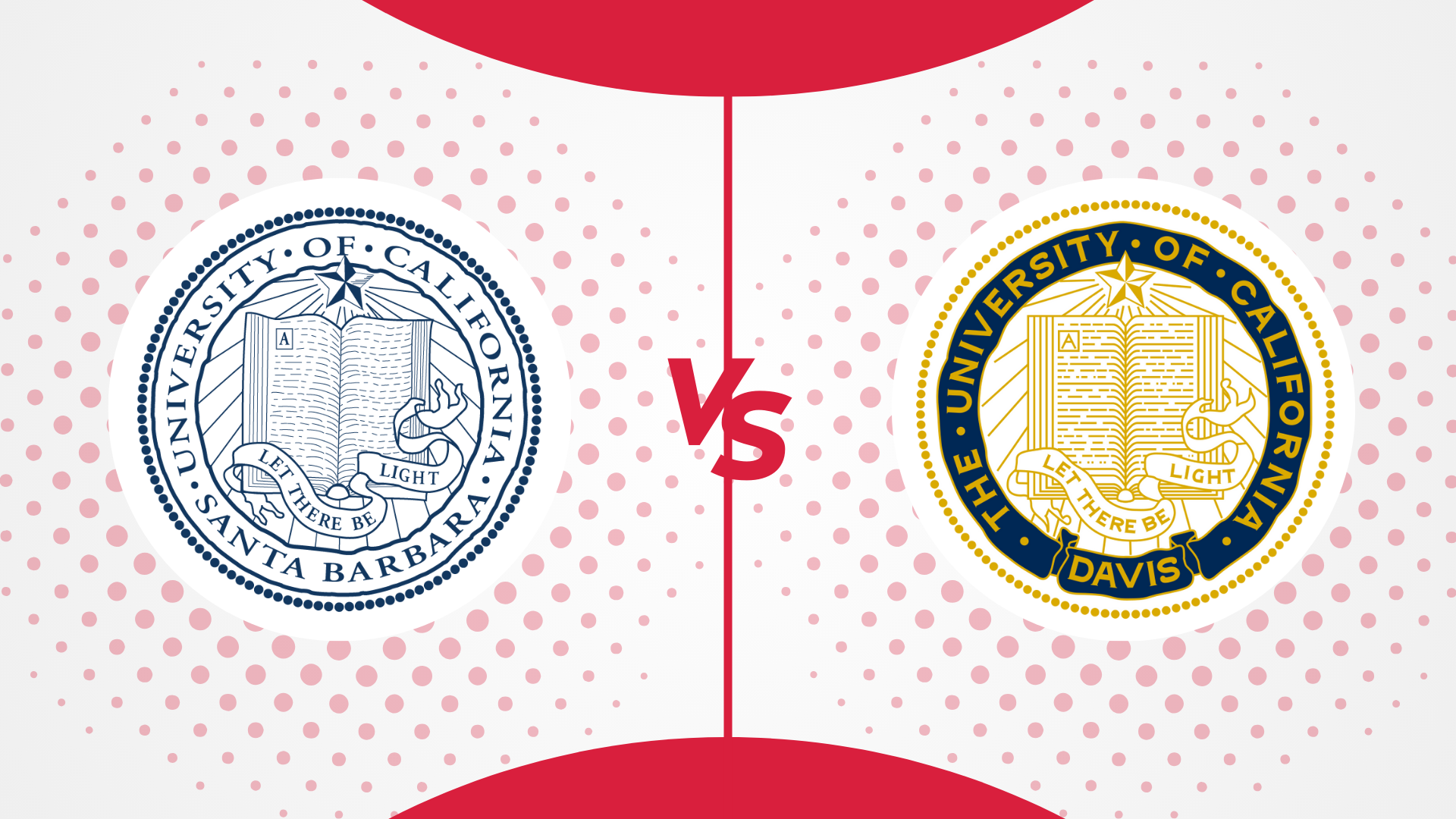
UC Santa Barbara vs UC Davis: How Do They Compare? [2024]
August 30, 2024 -
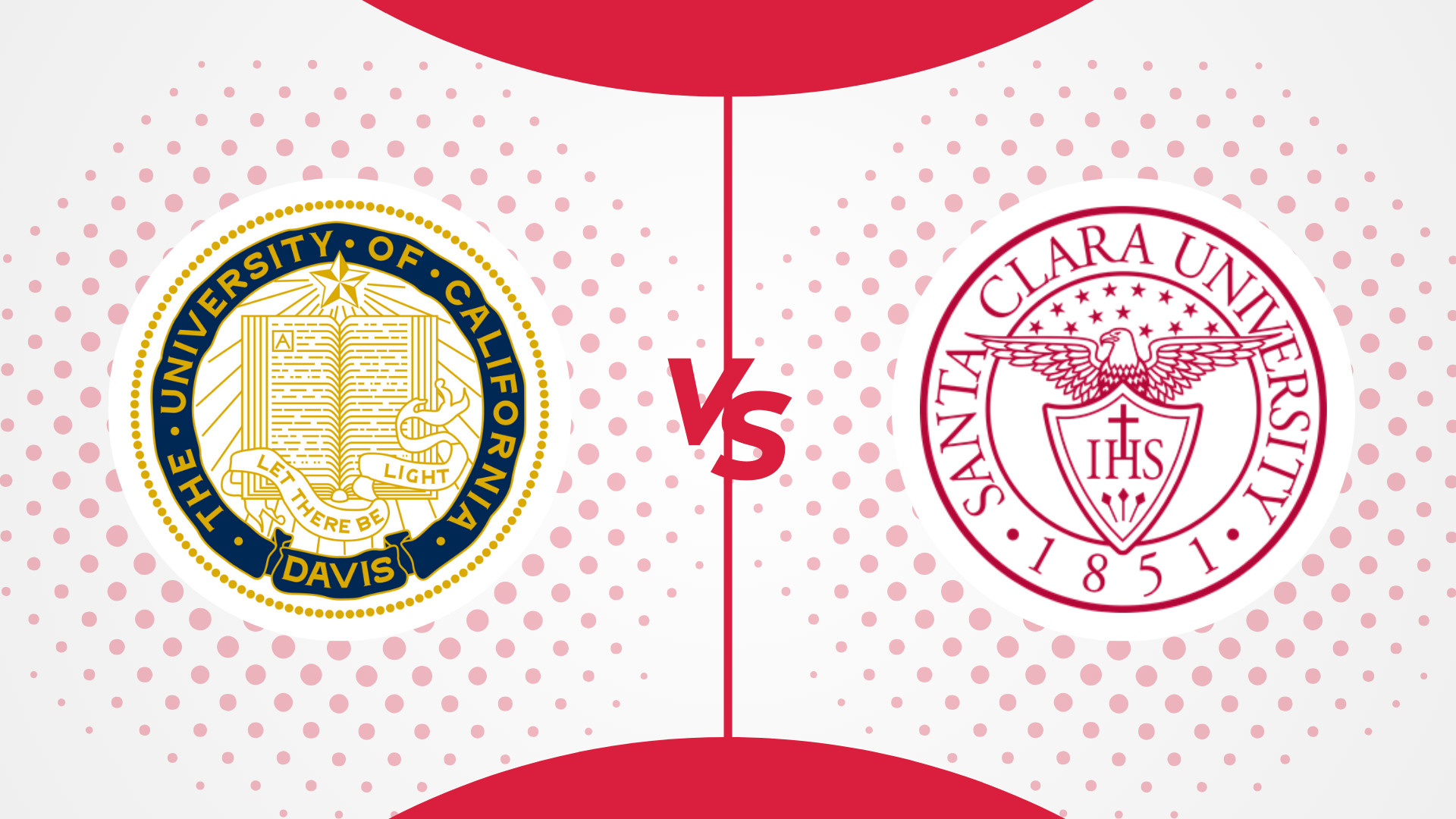
UC Davis vs Santa Clara University: How Do They Compare? [2024]
August 23, 2024 -

University of Chicago vs Northwestern University: How Do They Compare
August 20, 2024 -

Georgia Tech vs MIT: How Do They Compare? [2024]
August 7, 2024 -

Caltech vs MIT: How Do They Compare [2024]
August 2, 2024 -

MIT vs Harvard: How Do They Compare [2024]
July 27, 2024 -

Cornell vs Harvard: How Do They Compare? [2024]
July 27, 2024 -

Yale vs Harvard: How Do They Compare [2024]
July 22, 2024 -

Harvard vs Princeton: How Do They Compare [2024]
July 16, 2024 -
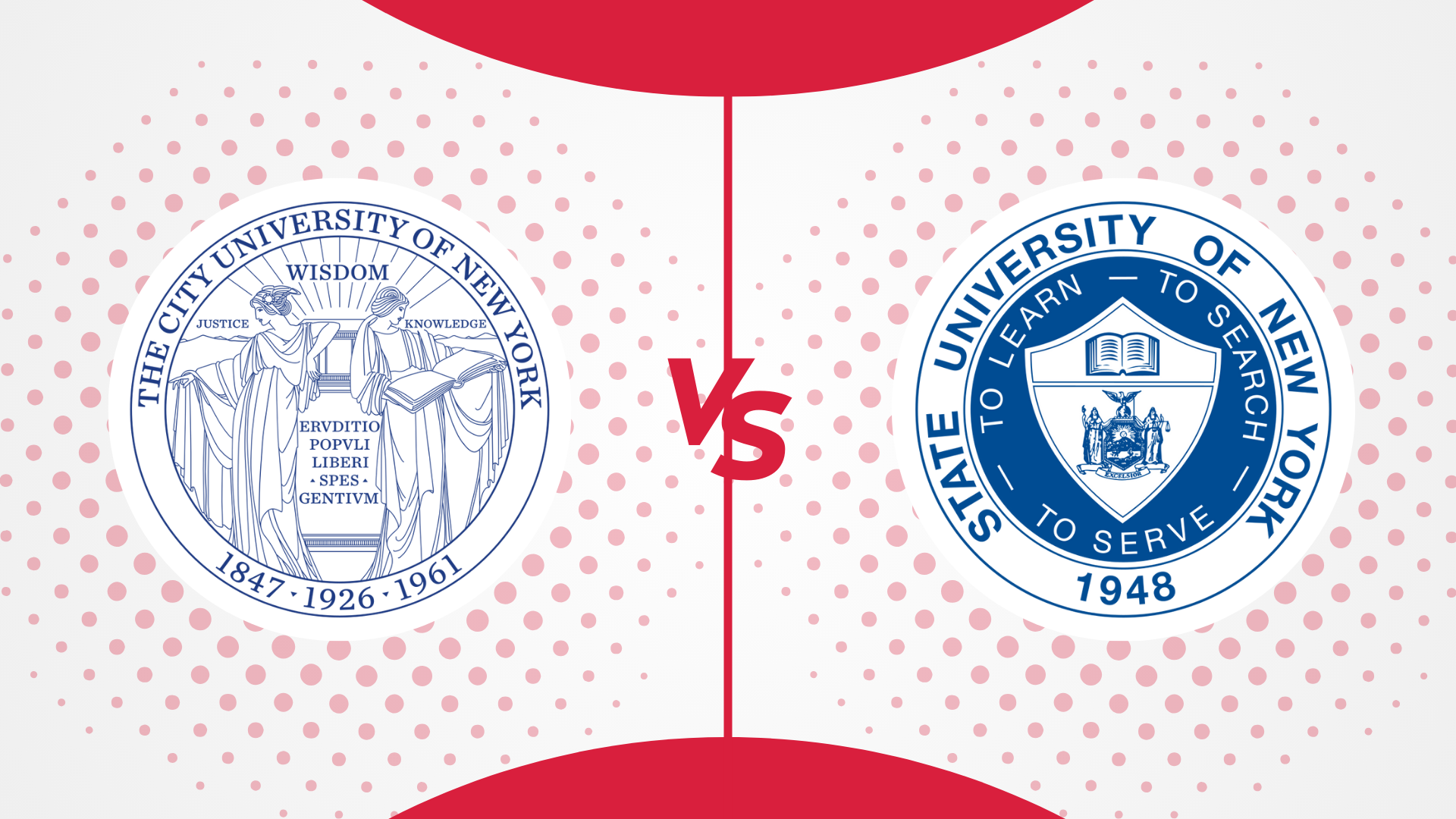
CUNY vs SUNY: Which One is For You in 2024
July 9, 2024 -
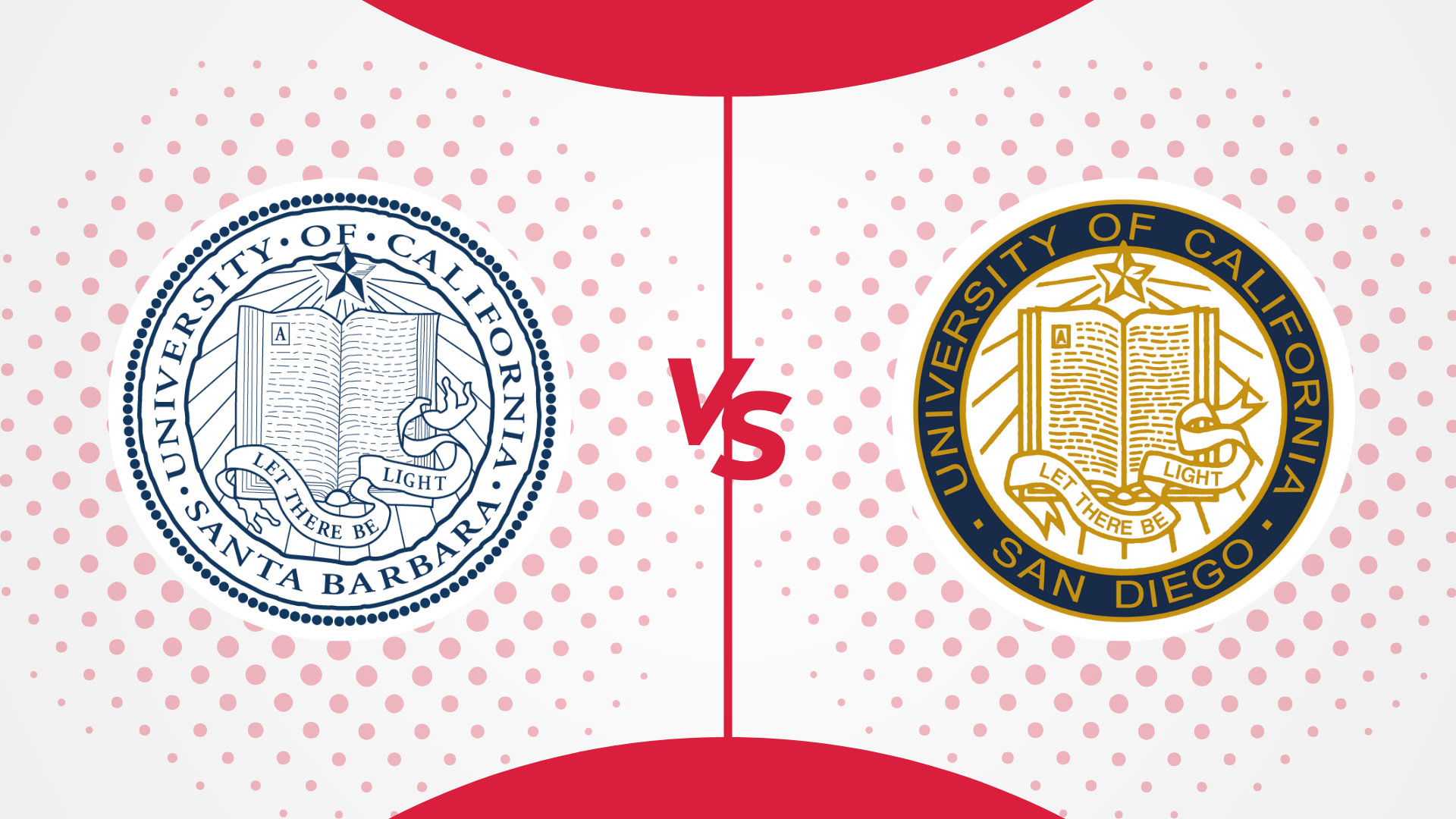
UCSD VS UCSB: Which One is Better For You in 2024
July 9, 2024 -
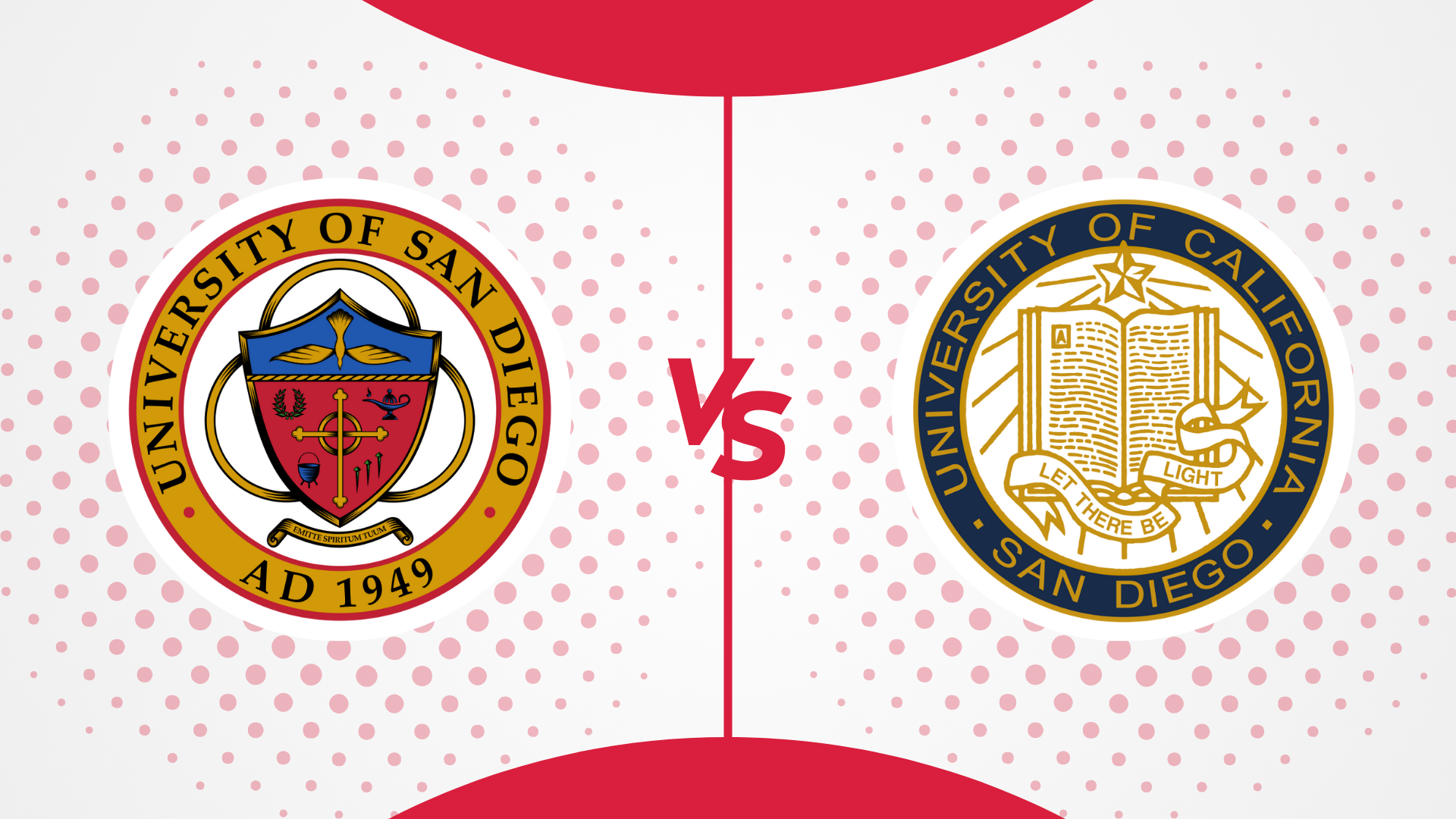
USD vs UCSD: Which one should you choose in 2024?
July 9, 2024 -

UC vs CSU: Which One is Better in 2024?
July 9, 2024 -
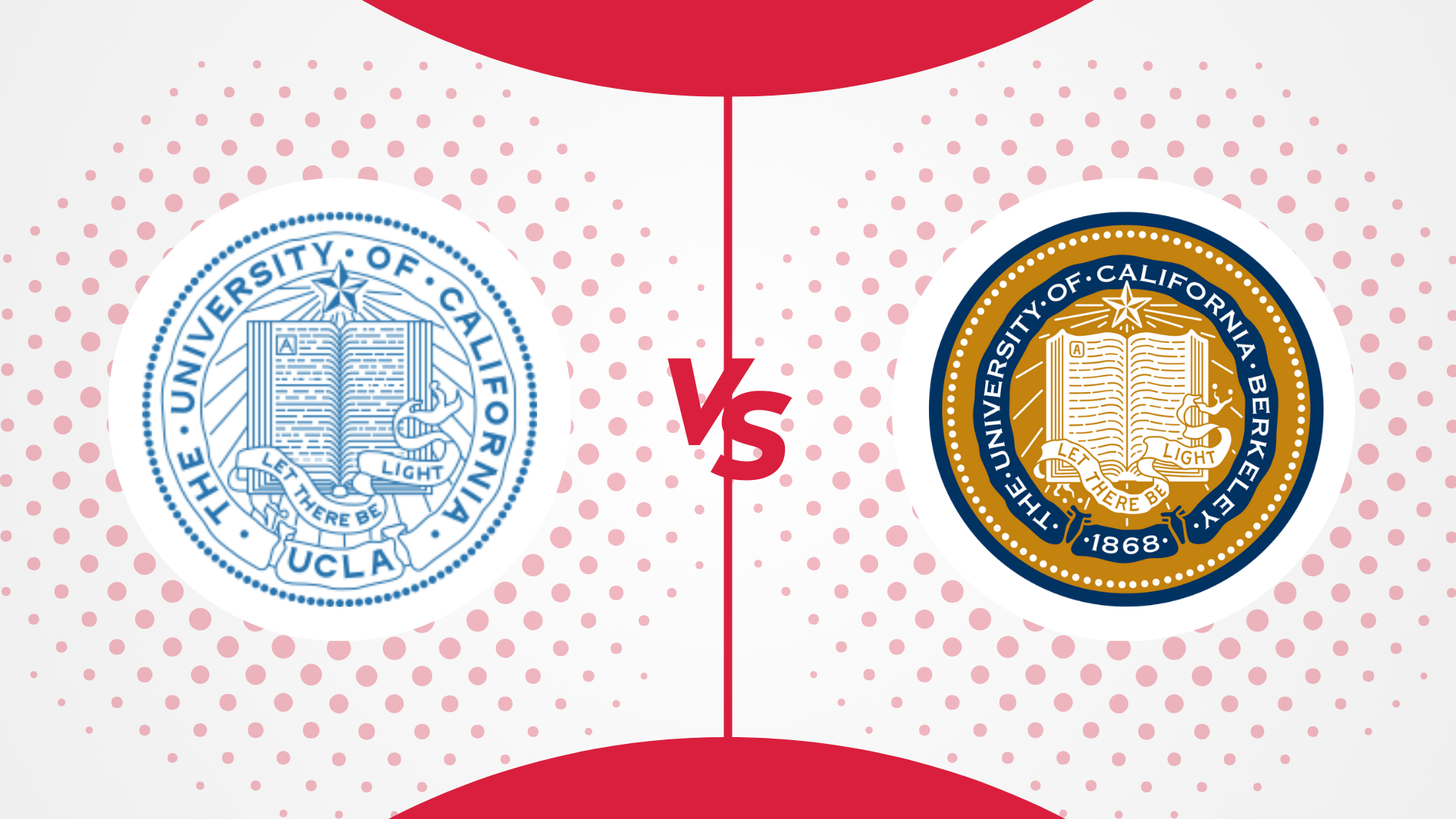
UCLA vs UC Berkeley: Which One is Best in 2024
July 9, 2024 -

University of Arizona vs Arizona State University: Which One is Better in 2024
July 9, 2024 -

Penn State vs UPenn: Which is Better for International Students in 2024
July 9, 2024 -

Northeastern vs Northwestern: Which One is Best in 2024
July 9, 2024 -

Northeastern University vs Purdue University – Which One is Better in 2024?
July 9, 2024 -

Boston College vs Boston University: Which One is the Best in 2024?
July 9, 2024 -

LSU vs UCLA: Which Is Better For You In 2024?
July 8, 2024 -

NYU vs Boston University: Which One Is Better For You In 2024
July 8, 2024 -

USC vs UCLA: Which One Is Better For You In 2024?
July 5, 2024 -
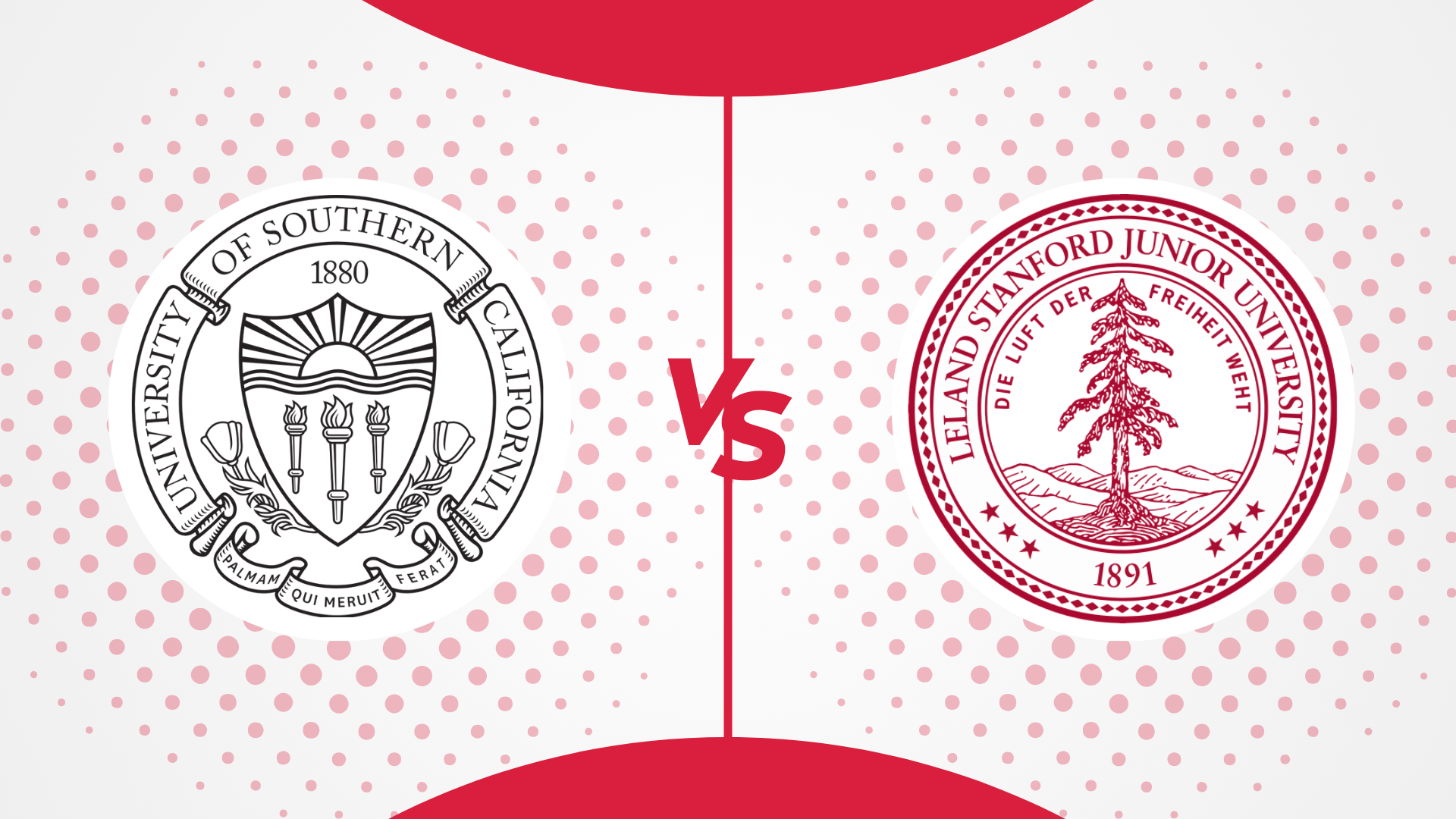
USC vs Stanford: Which One is Better For You in 2024
June 28, 2024 -
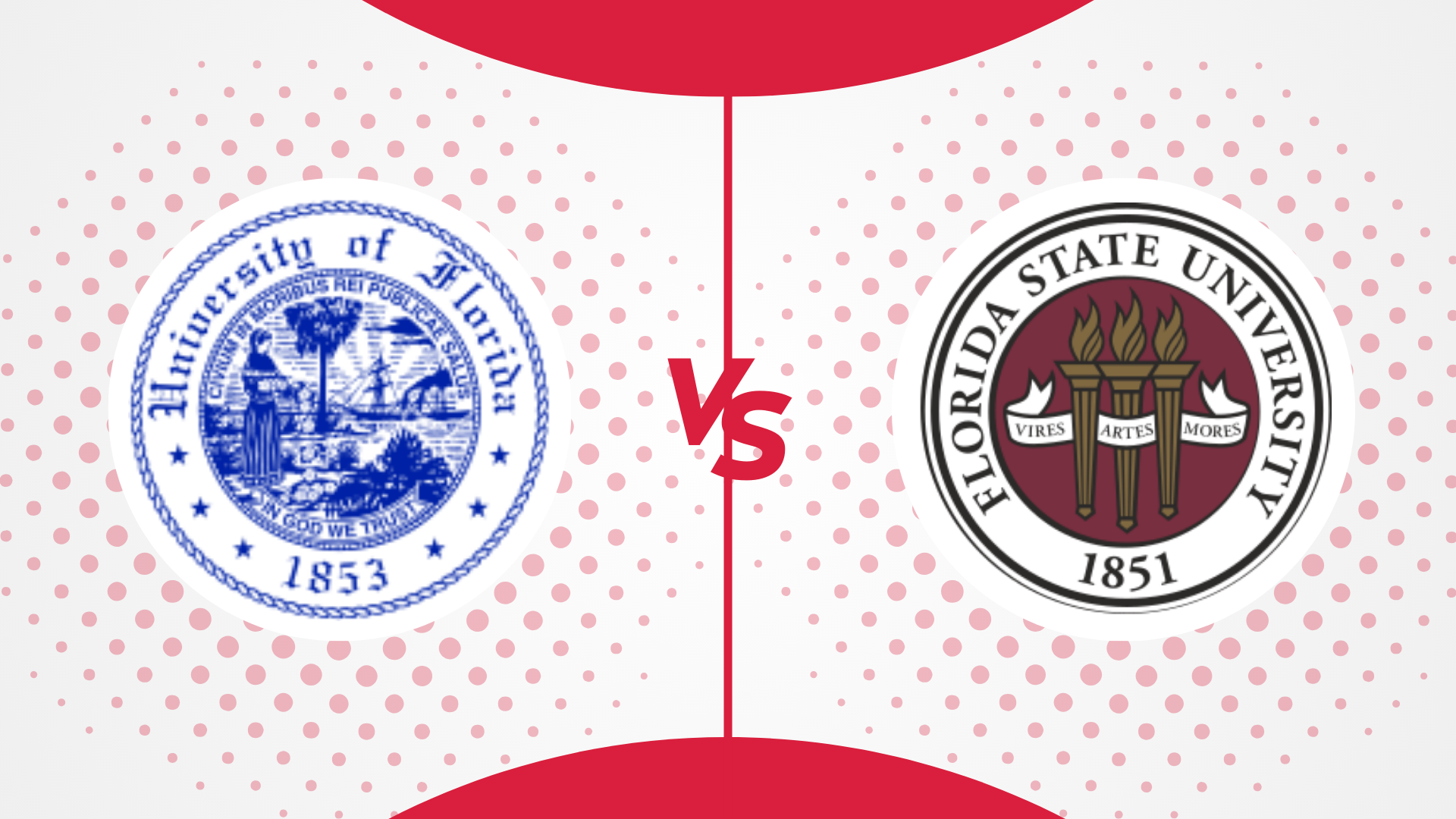
University of Florida vs Florida State University: Which One is Better For You in 2024
June 28, 2024 -

NYU vs Columbia: Which Is Better In 2024?
June 28, 2024 -

Princeton vs Columbia: Which Is Better In 2024?
June 28, 2024 -

NYU vs Cornell: Which One Is Better In 2024?
June 28, 2024 -

Boston University vs Northeastern: Which one is best in 2024
June 28, 2024 -

NYU vs UCLA: Which Is Better For You In 2024?
June 28, 2024
